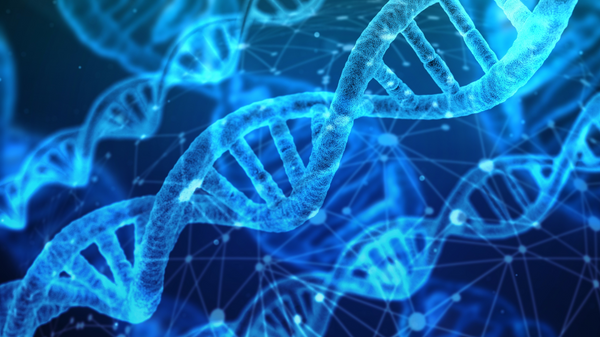Scientists have detected potentially toxic microplastic particles in human semen and female reproductive fluids for the first time, raising concerns about potential risks to health and fertility.
A growing body of research warns that these nearly ubiquitous tiny particles, under 5mm in size, pose a threat to environmental and public health.
Previous research has shown that in tissues where microplastics accumulate, these particles can induce inflammation, free radical formation, DNA damage, cellular senescence, and hormone disruptions.
A recent study also detected microplastics in human penis samples raising concerns about their potential role in erectile dysfunction.
Now, new research, presented on Tuesday at the 41st Annual Meeting of the European Society of Human Reproduction and Embryology (ESHRE), looked for microplastics in semen from 22 men and follicular fluid from 29 women.
Researchers found tiny particles of several commonly used microplastic polymers, including polytetrafluoroethylene (PTFE), polystyrene (PS), polyethylene terephthalate (PET), polyamide (PA), polypropylene (PP) and polyurethane (PU), in both fluids.
Overall, the new study found microplastics in nearly 70 per cent of the follicular fluid samples analysed.
PTFE was the most prevalent, present in nearly a third of the samples, researchers found.
About 55 per cent of the analysed semen samples contained microplastics, with PTFE again emerging as the most prevalent polymer.
Researchers ruled out contamination as a possible reason for the findings since the samples were collected and stored in glass containers, and underwent chemical treatment before analysis.
“Previous studies had already shown that microplastics can be found in various human organs. As a result, we weren’t entirely surprised to find microplastics in fluids of the human reproductive system,” lead scientist Emilio Gomez-Sanchez said.
“But we were struck by how common they were – found in 69 per cent of the women and 55 per cent of the men we studied,” Dr Gomez-Sanchez said.
While it is “possible they could impair egg or sperm quality” in humans, scientists say they “do not yet have enough evidence to confirm that”.
Researchers hope to expand their analysis to a larger population, along with a detailed lifestyle and environmental exposure questionnaire.
While studies point to several environmental factors influencing fertility, measuring the direct impacts of different agents remains a challenge.
“There’s no need for alarm at this point. Microplastics are just one of many elements that may play a role in fertility,” Dr Gomez-Sanchez said.
“However, it is sensible to consider ways of reducing our exposure to them. Simple steps, such as using glass containers to store and heat food, or limiting the amount of water we consume from plastic bottles, can help minimise our intake,” he said.
Scientists warn of worrying toxic particles in glass and plastic bottles
Common vegetable extract found to remove most microplastics in water
Meals sold at Kroger and Walmart recalled after three deaths from listeria
Dentist cracks centuries-old puzzle hidden in famous Da Vinci drawing
Scientists define six traits that make a person ‘cool’ – and they transcend borders







